It's coming up to nine years since the death of English composer Steve Martland at the age of 58 in 2013. And Chamber Choir Ireland's artistic director, Paul Hillier, has devised a two-concert tribute, the first presenting Martland in the context of Renaissance composer Clément Janequin (ca 1584-1558), the second in the context of new works from either side of the Atlantic by Denmark's John Frandsen and America's John Luther Adams.
Together, the two concerts constitute what will be the largest celebration yet of Martland’s work in Ireland.
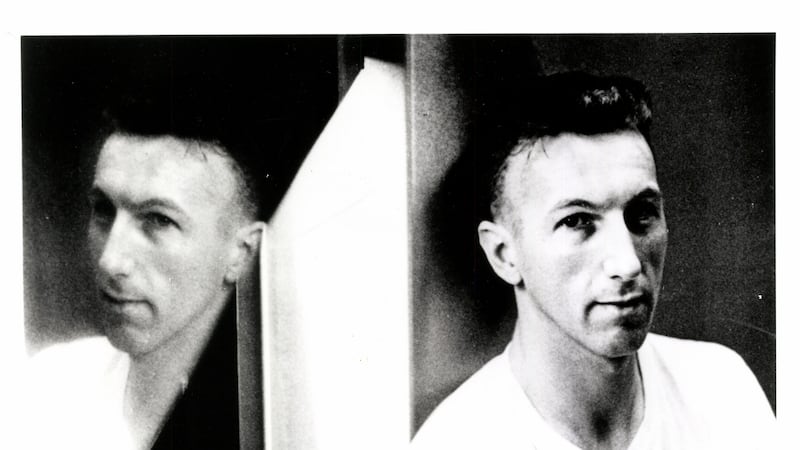
'We just spoke and spoke and spoke. He was very non-stop, as you probably know – like his music, in a good way'
The underlying idea was straightforward. Hillier wanted to do “all of his pieces that I know of for choir, and then record them”. He met Martland several times, and recalls their first meeting, which took place a couple of years before the composer’s death. “We had a fantastic conversation for about two hours. And I couldn’t remember a thing about it afterwards. We just spoke and spoke and spoke. He was very non-stop, as you probably know – like his music, in a good way.” They got on well, he says, but the encounter was “quite exhausting”.
The purpose of the meeting was to commission Martland to write a new vocal work and to “skirt around different possibilities,” as Hillier puts it. “He went away, thought about it, and then told me what his idea was. To write his Sea Songs – which he completed in 2012 – he went off to Cecil Sharp House in London to look up various texts and songs, which is what I think he originally did when he wrote Street Songs. So he went back to the same source of, not poetry, but folk writings – texts that are in general public use.”
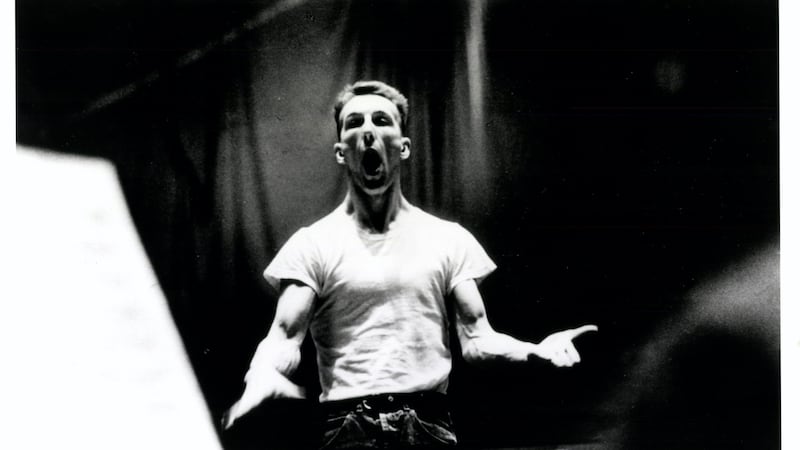
The 1997 Street Songs, composed for The King's Singers and percussionist Evelyn Glennie, include texts such as Oranges & Lemons and Jenny Jones, set in that choppily energised, minimalist style that sat comfortably with the ethos of Factory Records, which issued his work in the early 1990s. He toured with his Steve Martland Band and cultivated a public image that was closer to the world of gritty rock star portraits than the altogether more strait-laced style favoured by classical performers.
'The most obvious examples are people like Steve Reich, who is like his music, he keeps going a lot, and he repeats himself a lot, in canon, usually'
In person, says Hillier, he didn't adopt a rock-star manner. "But I certainly felt that the music and the man were one and the same thing. I've thought that with several of the composers that I've got to know and work with. The most obvious examples are people like Steve Reich, who is like his music, he keeps going a lot, and he repeats himself a lot, in canon, usually. And, in a very different way, Arvo Pärt." Hillier wrote an early monograph on Pärt and edited the book of Reich's Collected Writings that was published in 2002.
“Steve Martland,” he says, “was very friendly, very interesting to chat with. But it was like a speed conversation that took two hours. There’s a lot of things that can be said in two hours.”
‘You can never rest’
Neither Street Songs nor Sea Songs, says Hillier, look particularly difficult on paper. But difficult they are. “That’s mostly to do with speed,” he explains. “They do have slow sections, but a lot of the time there are these fast, repetitive and yet always changing patterns, with a lot of heavy accent. The challenge is that the intervals are always changing. They look the same, and they are similar. But they’re moving around a lot. You can never just rest and repeat the same thing for a half a minute or even a few seconds. It really does change the whole time. That’s part of its texture. That’s what makes it so interesting to listen to, I think.
“To a certain extent you could say that it’s percussion music for the voice, in the sense that you could imagine the marimba or vibraphones chattering away. It’s harder to do that when you have to sing vocal syllables and find your vocal pitches. If you slow the music down, the pitches are not difficult. It’s just because of the speed and the fact that they keep changing that makes them into something difficult. It’s hard work. But it’s worth it.”
The original plan for the first concert, on the afternoon of Sunday, March 13th in Dublin’s Pepper Canister Church, was built around Janequin’s La Guerre, also known as La Bataille, the battle in question being the Battle of Marignan of 1515. The Janequin piece was so successful that it spawned a slew of similarly illustrative pieces over a number of centuries. And the composer himself also used material from it for a setting of the mass.
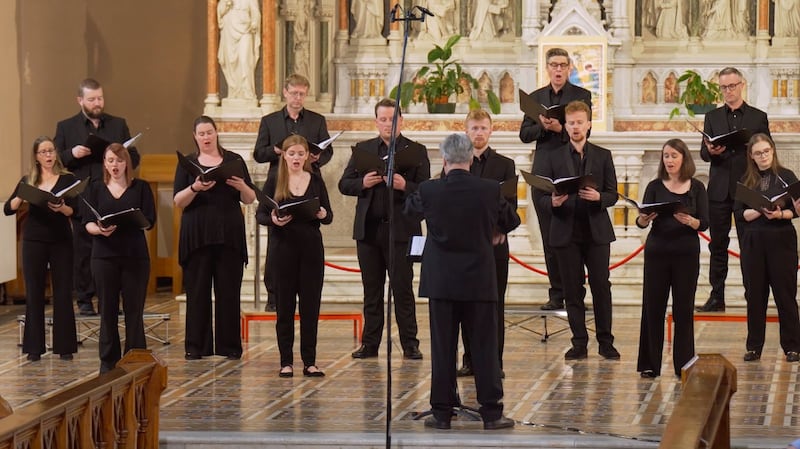
“The way Janequin depicts the various sounds of guns going off and so on is absolutely brilliant, highly effective. It’s fun to sing and it’s fun to listen to. Great entertainment. It’s pretty much all on fire from beginning to end. I thought there’s a bit of a connection here with Steve Martland’s music. It’s in that energised category. And a lot of the mass is based very directly on the material from La Bataille, lifted right out. But some if its more inward-looking, more gentle, anyway.”
Hillier has long wanted to perform the mass, which transforms the original musical material into a work for liturgical use, and Martland presented the perfect connection. The reality of war in Ukraine has rendered La Bataille itself inappropriate now, and the programme has been reworked to replace it with new opening and closing pieces – Ukrainian composer Galina Grigorjeva’s Psalm 103 at the start and Arvo Pärt’s Da Pacem at the end. Two shorter Martland pieces, Shepherd’s Song and Skywalk remain in the programme.
'I did perform it with Chamber Choir Ireland a few years ago, and I think they've finally now recovered, so we can do it again! It's a wonderful piece'
It’s the second concert, to be given as part of the Cork International Choral Festival on Friday, April 29th, which includes the Sea Songs. The style, says Hillier, is similar to the Street Songs, “except there’s no percussion part. It’s just purely vocal. I would say that of the two it is by far the most difficult, again because of the changing patterns which you have to lock into and at the same time jump out of into another pattern. It’s quite heavy on the voices, because they have to keep going. There’s nobody playing any instruments to act as a filler. It all comes from the voices. I did perform it with Chamber Choir Ireland a few years ago, and I think they’ve finally now recovered, so we can do it again! It’s a wonderful piece.”
Following the Martland are two new works by composers in their 60s, weather4casts by Danish composer John Frandsen and A Brief Descent into Deep Time by American John Luther Adams, as well as the winning entry of the Seán Ó Riada Composition Competition 2021, Daragh Black Hynes’s Behind this Light.
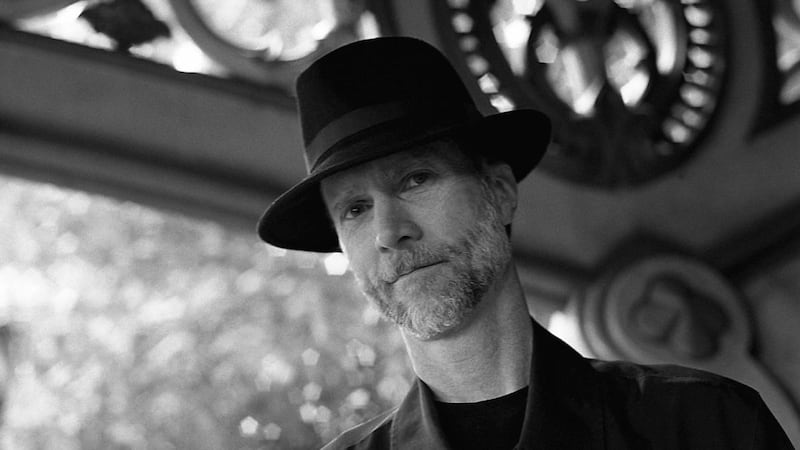
Frandsen has written a piece that Hillier says he provided the starting point for himself – the work of a 1960s group called The Master Singers, who set words from weather forecasts and the Highway Code in the manner of Anglican chant, with all its quirks of syllabication. Frandsen’s texts move beyond raw forecasts to include “a kind of surreal poem” by Danish writer Simon Grotrian. Hillier, who lives in Denmark, has prepared an English translation but cautions: “It’s hard to say what it’s about. The audience will have the text to follow, and they can puzzle on that.”
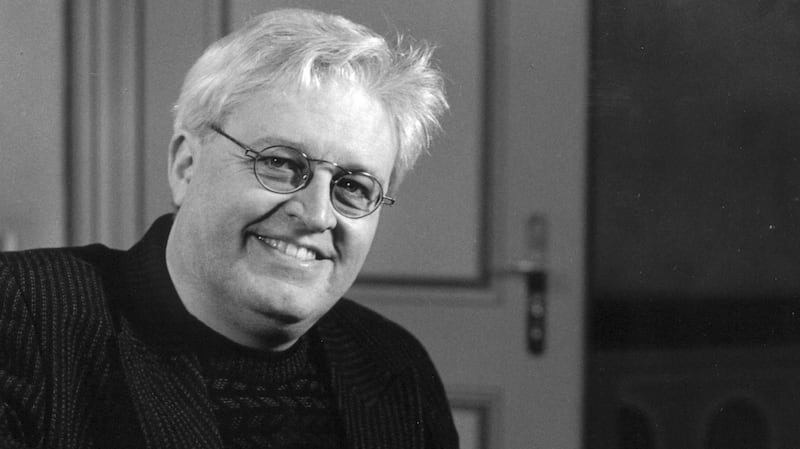
Geological layers
The final piece is John Luther Adams’s A Brief Descent into Deep Time, a piece written a few years ago whose route to public performance has been disrupted by the pandemic. The text, Hillier explains, is just a long list of the geological layers of the Grand Canyon, “from Kaibab Limestone to the Vishnu Schist”, set for four single singers or a four-part choir.
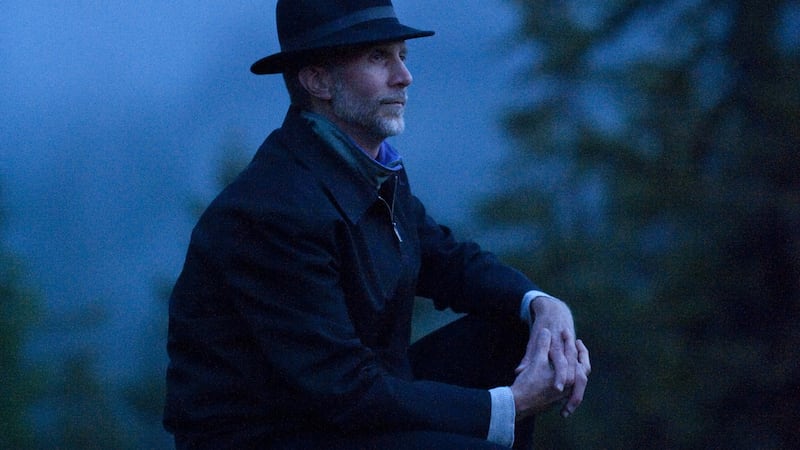
It’s not, he says,”one of those mass choral things that he’s done quite a lot of. For him, it is a chamber piece. There’s an organ and a percussionist playing both vibes and marimba and, eventually, some timpani and bass drum rolls.” The music unfolds in patterns of gradual descent, the organist creating and reshaping chords by placing weights on the keyboard, the voices rubbing off each other in descending scales in clashing rhythmic patterns, four to a bar for the sopranos, seven for the altos, six for the tenors and five for the basses.
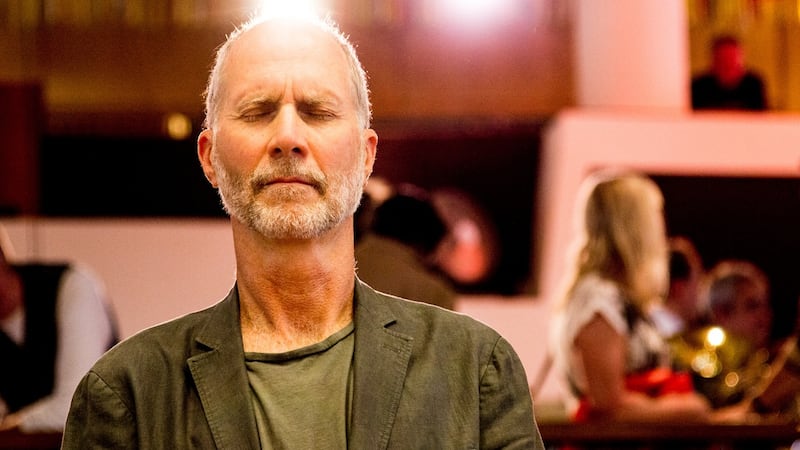
This, says Hillier, “suddenly makes an easy idea very complex – difficult to deal with but by no means impossible. We did an unofficial first performance at our festival in Denmark last year, with only a small audience because of Covid. They absolutely loved it. In London likewise, it got a fantastic reaction. I was really surprised both times. You get so involved in making this piece, you feel you’re not being expressive. You’re just trying to get it right. Being expressive isn’t really the point of the performance. It’s the piece itself that is expressive.”
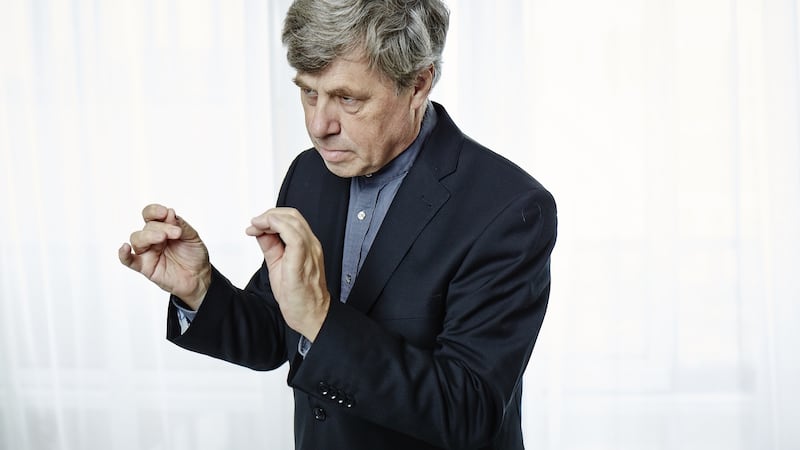
Paul Hillier conducts Chamber Choir Ireland at the Pepper Canister Church in Dublin at 2.30pm on Sunday, March 13th, and at St Fin Barre's Cathedral in Cork at 7.30pm on Friday, April 29th. See chamberchoirireland.com












